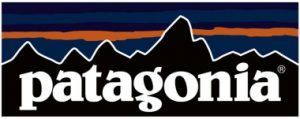 More than 3,075 businesses around the world—from more than 70 countries and 150 industries—have now become certified as B Corporations, as of October 2019. “B Corps are for-profit companies certified by the nonprofit B Lab to meet rigorous standards of social and environmental performance, accountability, and transparency.” The B Impact Assessment gives companies (which can be product or service companies) a score based on how they perform on metrics for impact on their communities, the environment, workers, customers, and internal governance.
More than 3,075 businesses around the world—from more than 70 countries and 150 industries—have now become certified as B Corporations, as of October 2019. “B Corps are for-profit companies certified by the nonprofit B Lab to meet rigorous standards of social and environmental performance, accountability, and transparency.” The B Impact Assessment gives companies (which can be product or service companies) a score based on how they perform on metrics for impact on their communities, the environment, workers, customers, and internal governance.
B Corporations provide undeniable proof that companies do not need to be greedy, exploitative, polluting, or resource-intensive (as far too many corporations are these days) in order to be profitable and successful. By showing how business can be used as “a force for good” in society, B Corps provide an antidote to the model of predatory capitalism that has become more or less accepted as the status quo in many countries, including the United States.
A few of the largest or most well-known B Corporations are: Patagonia, Seventh Generation, Ecover, Method, Ben & Jerry’s, Earthbound Farm, Danone, Eileen Fisher, Athleta, and Natura. And a few other B Corps that I like to highlight include: Alter Eco, Dr. Bronner’s, W.S. Badger Co., Beneficial State Bank, New Resource Bank, and RSF Capital Management.
The annual Best for the World ratings highlight the hundreds of businesses that have scored in the top 10 percent of all Certified B Corporations on the assessment. Companies that have scored in the top percentiles across a majority of the assessment’s categories are honored as Best for the World Overall; and companies that have scored in the top percentiles in a given category are honored as: Best for the Environment, Best for Community, Best for Workers, Best for Customers, and/or Best in Governance.
Click here for more information and to see some stories and profiles of the 2019 Best for the World honorees.
And click here to find other B Corps, including ones based in your region. (You can search by location, name, industry, or keyword.)
Any company can take the B Impact Assessment, a free and confidential tool that allows you to start to “measure what matters” and to compare your company’s practices with others.
Related posts:
- Best B Corporations, 2018
- “Best for the World” B Corps of 2017
- Best of the “Best for the World” B Corps of 2016
- Best of the Best B Corporations of 2015
- Beneficial Businesses: Top B Corps of 2014
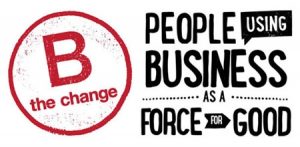

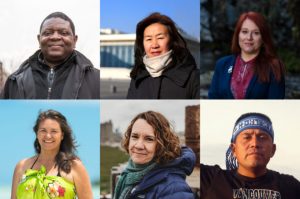
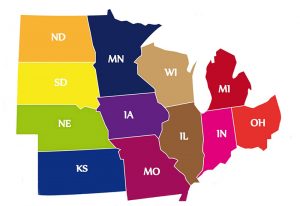


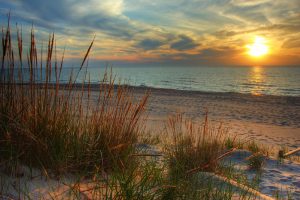 MICHIGAN
MICHIGAN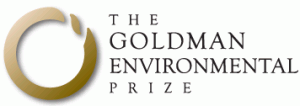
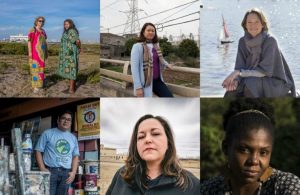
 NEW: 2021 update: Municipalities, States, and Countries that are Achieving, Approaching, or Committed to 100% Renewable Energy
NEW: 2021 update: Municipalities, States, and Countries that are Achieving, Approaching, or Committed to 100% Renewable Energy


